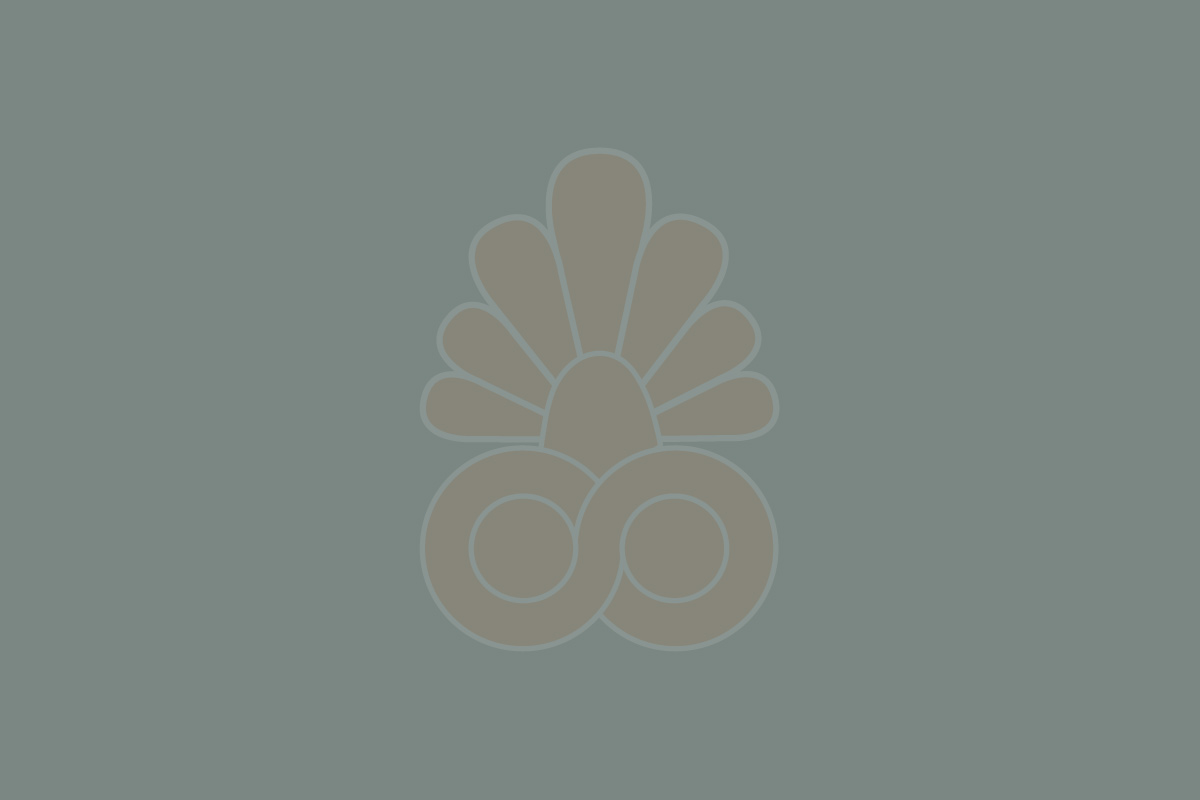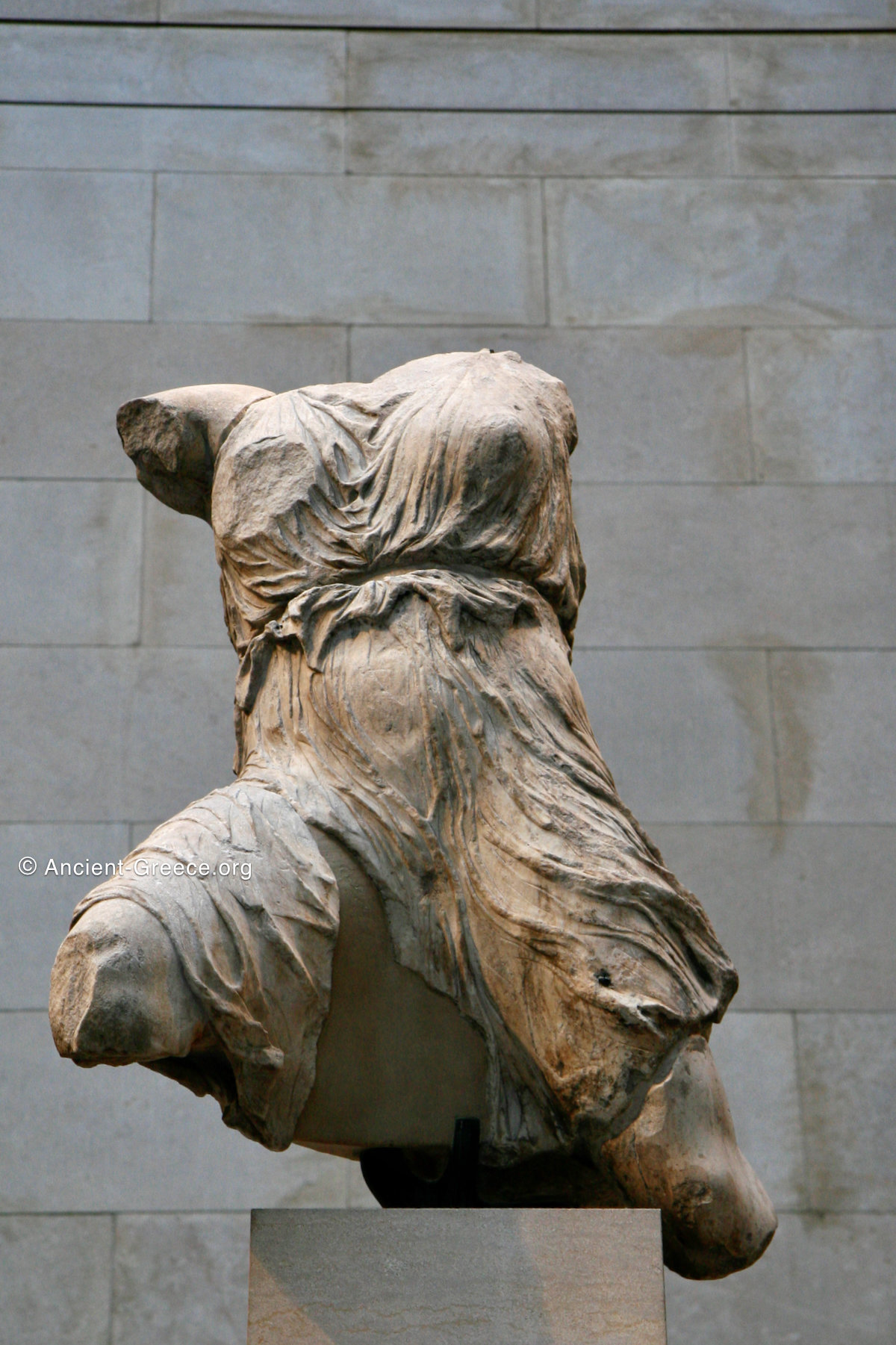Metic
-
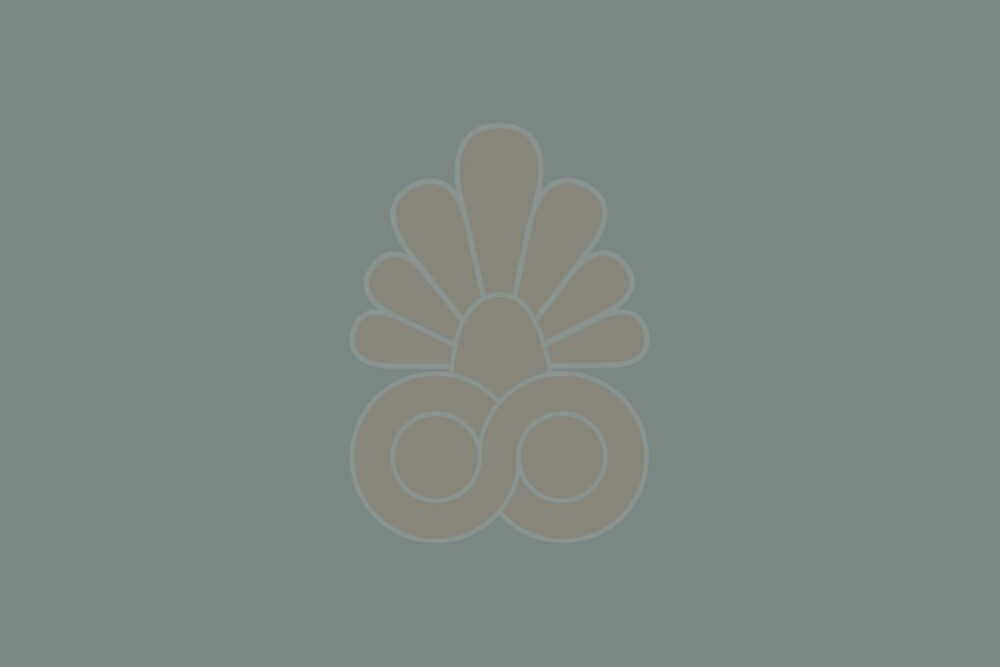
Io
Read more : IoPriestess of Hera Table of Contents Io, daughter of Inachus, king of Argos, was a priestess of Hera. She was very beautiful, and Zeus, who was much attached to her, transformed her into a white cow, in order…
-
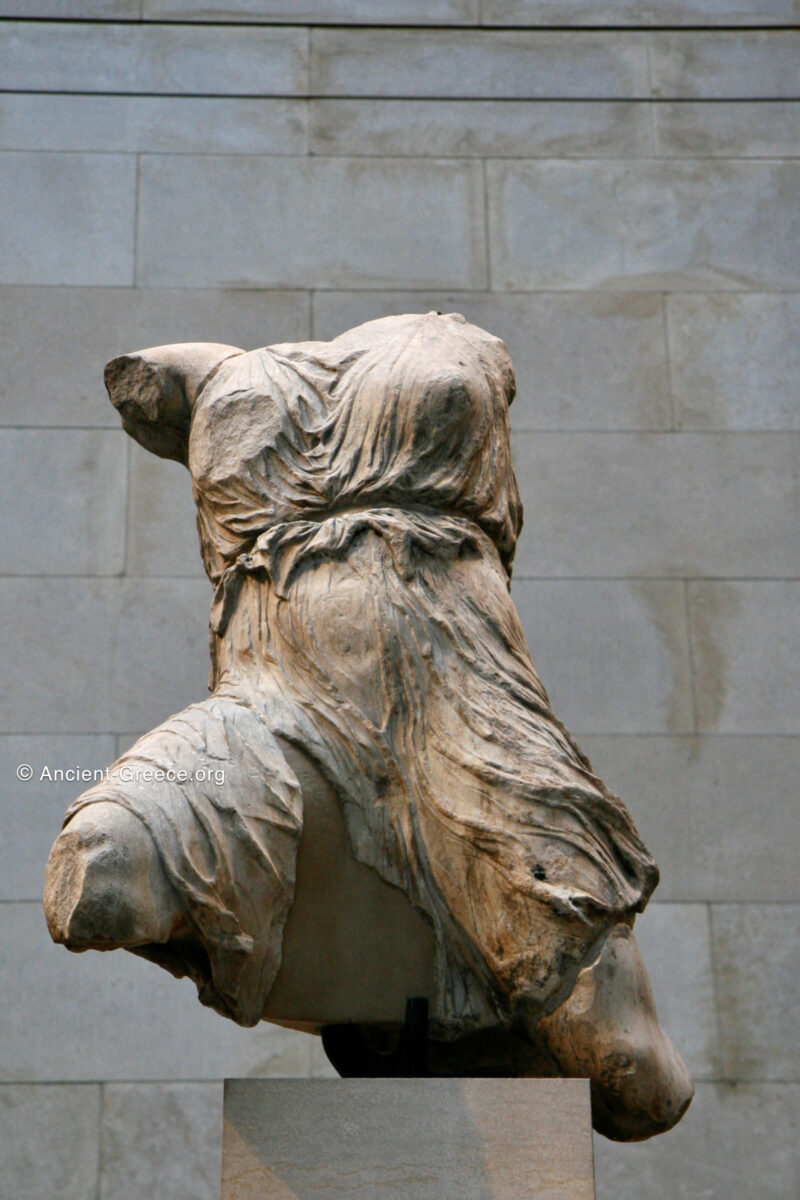
Iris (The Rainbow)
Read more: Iris (The Rainbow)Iris was the fleet footed message of gods, and the personification of the rainbow. Iris, the daughter of Thaumas and Electra, personified the rainbow, and was the special attendant and messenger of the queen of heaven, whose commands…
-

Ker
Read more: KerIn addition to the Moiræ, who presided over the life of mortals, there was another divinity, called Ker, appointed for each human being at the moment of his birth. The Ker belonging to an individual was believed to…
-
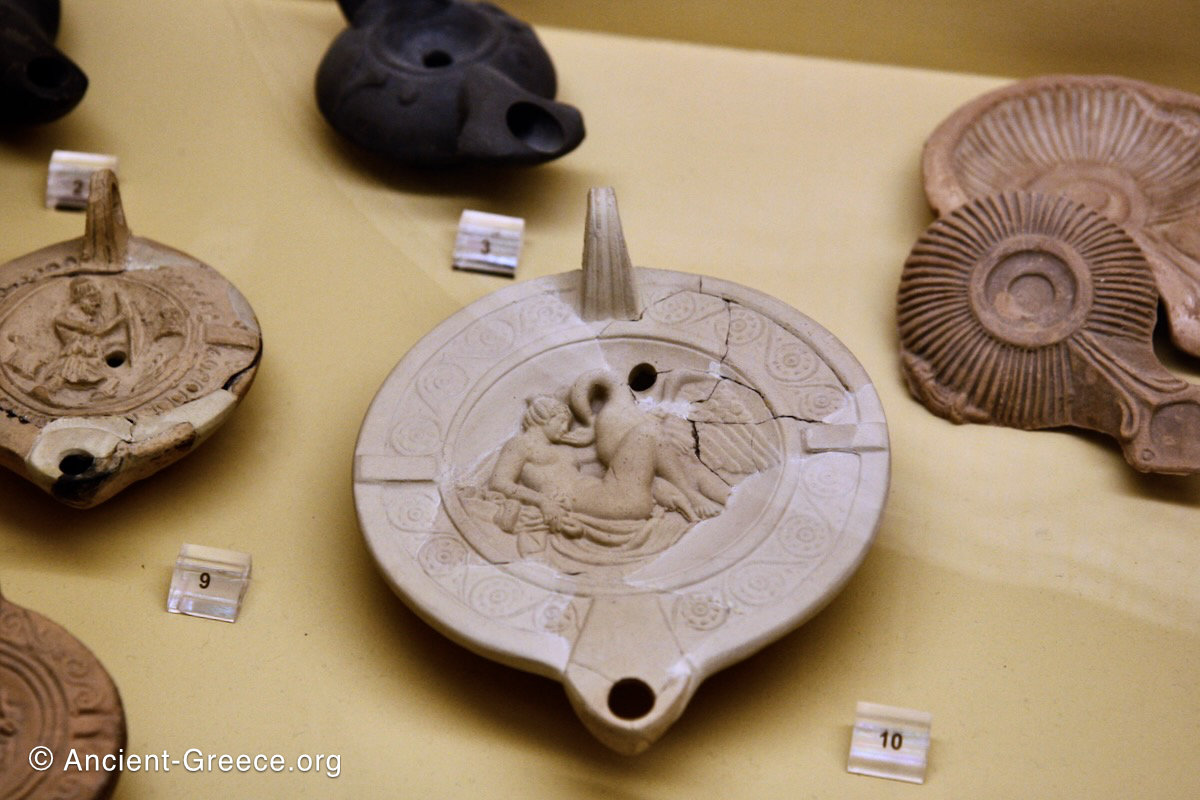
Leda
Read more: LedaLeda, whose affections Zeus won under the form of a swan, was the daughter of Thestius, king of Ætolia. Her twin-sons, Castor and (Polydeuces or) Pollux,were renowned for their tender attachment to each other. They were also famous…
-

Leto
Read more: LetoLETO (Latona) was the daughter of Coeus and Phoebe. She was gifted with wonderful beauty, and was tenderly loved by Zeus, but her lot was far from being a happy one, for Hera, being extremely jealous of her,…
-

Leucothea
Read more: LeucotheaLeucothea was originally a mortal named Ino, daughter of Cadmus, king of Thebes. She married Athamas, king of Orchomenus, who, incensed at her unnatural conduct to her step-children, pursued her and her son to the sea-shore, when, seeing…
-

Metis
Read more: MetisMETIS, Zeus’ first wife, was one of the Oceanides or sea-nymphs. She was the personification of prudence and wisdom, a convincing proof of which she displayed in her successful administration of the potion which caused Cronus to yield…
-

Mnemosyne
Read more: MnemosyneMNEMOSYNE, one of Zeus’ wives, was the daughter of Uranus and Gæa, was the goddess of Memory and the mother of the nine Muses.
-

Momus
Read more: MomusMomus, the son of Nyx, was the god of raillery and ridicule, who delighted to criticise, with bitter sarcasm, the actions of gods and men, and contrived to discover in all things some defect or blemish. Thus when…
-

Morpheus
Read more: MorpheusMorpheus, the son of Hypnus, was the god of Dreams. He is always represented winged, and appears sometimes as a youth, sometimes as an old man. In his hand he bears a cluster of poppies, and as he…


